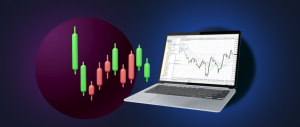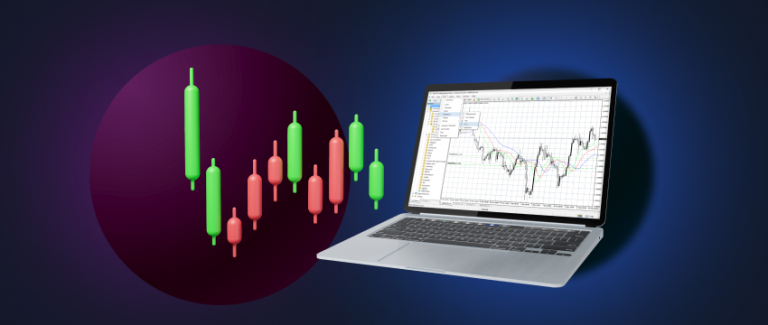
Unfortunately, most people entering the forex trading market either underestimate or completely ignore the concepts of leverage and margin. These are some of the most critical factors when it comes to profitability. These are the aspects of business that anyone who wants to invest and trade in the field of foreign exchange must understand. In other words, it is a way of trading, which enables the trader to have a big exposure for a small stake. This means, for instance, a trader can open much bigger trades with a small amount of deposit which may, of course, increase profits.
Definition of Leverage in Forex Trading
Leveling up or the concept of leverage in forex trading is mostly expressed in terms of ratios such as 50:1, 100:1, 1:1, or even lower. This ratio indicates the potential of a trader to trade beyond the investment amount being invested. For example, with a leverage ratio of 100:1, a trader can control a $100,000 position with just $1,000. However, the forex market opening time is another critical factor to consider when using leverage. Traders should understand the existence of the different sessions, namely New York, London, Tokyo, and Sydney sessions so as to capitalize during volatile or liquid periods. It is important to know that the use of the right opening times in the market is an influential factor that can improve trading results.
Understanding Margin and Its Role
Undoubtedly, the use of leverage in expanding the return can lead to the expansion of the loss as well. If a trade undergoes a reversal, the trader can lose more than the initial deposit that he or she had put down. This is where the aspect we term as margin is used in the business field. Margin is a provision for money that a trader must deposit to arrive at the trading value that is leveraged. It serves as security against loss-generating operations since it is capable of covering for such losses.
For instance, if the leverage is 100:1 it means that to trade $100,000 worth of contracts, a trader would only have to come up with $1000, which is one percent of the total value of the contracts. If the market turns against the trader, the broker is likely to notify him or her of a margin call through which one has to top up the account to fund the position. In case the trader cannot come up with the required cash deposit the broker may close the position to avoid more losses.
Pros and cons of using leverage in Forex trading
The benefits of using leverage in forex trading are clear, the idea that with little money an investor can earn large profits. This is appealing to many traders particularly the newcomers or those with limited capital in the market since they have an opportunity to make more profits even with the limited capital they have in business. However, there are also similar risks with equal importance that have to be faced in this context. All leveraged positions come with considerable risks and existing traders can end up losing more than their invested amount. It is thus important for the traders to have an effective risk management plan that will help in setting other parameters such as the stop loss orders and the size of the positions taken.
Conclusion
It is thus very clear that using leverage and margin in forex trading has both advantages and disadvantages. Although there is a great potential for high returns they also involve high risks. It is therefore important for the traders to learn these concepts as well as the general market in order to make sound decisions. Identifying and understanding the risks of using high leverage and having a definite trading strategy to avoid a bad online trading experience is crucial.
